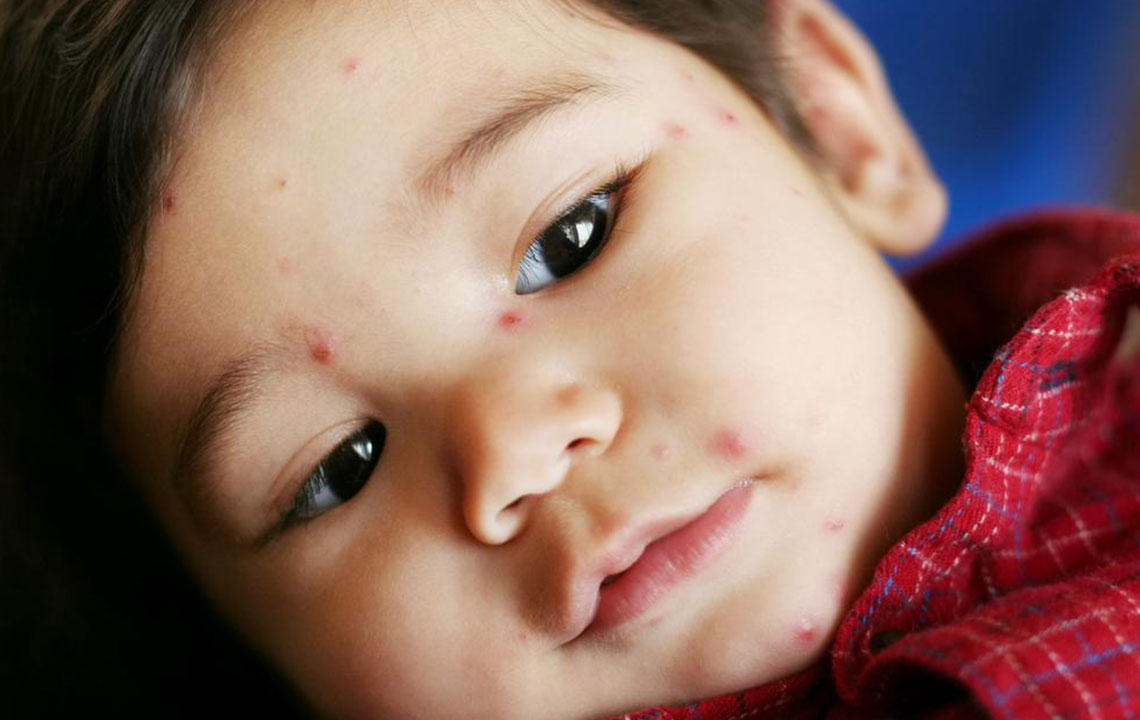Everything You Need To Know about Shingles
Studies show that one in every three people are at a high risk of developing shingles. This can be described as a painful rash that typically affects elderly people and people with a compromised immune system. Shingles can be treated, however in some cases, it can reoccur. One of the primary focal points of treatment for this disease is shingles pain management.
What causes shingles?
Shingles is usually an after effect of a chicken pox infection. After having recovered from chicken pox, you cannot take it for granted that the virus has been completely eliminated from your body. In many cases, it remains dormant in the nerve roots and is reactivated later to cause shingles.

Symptoms of shingles
In its initial stages, shingles pain managementis not an issue.
Treatment and hingles ain management
The earlier a treatment is started for this condition, the easier it is to treat it. Anti-viral medication and pain relievers form the base for shingles treatment. Pain relievers are not always required as anti-viral medication could help shingles pain managementin mild cases. In severe cases, prescription medication for pain is a must. This is because if shinglesis not addressed properly, it could cause lasting nerve damage that persists for years. In addition to taking the medication regularly, the skin must also be kept clean and dry. You could ask your doctor to prescribe topical ointments to relieve inflammation.
Effective home remedies to treat shingles
There are a number of things you could do at home for shingles pain management . Some such tips include:
- Do not pick the blister or scratch them off. They will form a crust and fall off on their own
- Apply a cold compress on the rash tohelp relieve itchiness. Do not apply a cold compress for longer than 20 minutes. This can be followed by applying a little calamine lotion on the skin.
- Apply baking soda or cornstarch on the sores. This can help them dry and heal faster.
- Soak the affected area in tap water or a solution of water and aluminum acetate (Burow’s solution) to reduce oozing and clean crusts. (Aluminum acetate should be available at your neighborhood chemist.)
Complications associated with hingles
Shingles is usually resolved with medication, but it can lead to a number of complications.
- Postherpetic neuralgia – This is one of the most common complications caused by shingles. It is characterized by persistent discomfort and pain in the area that was affected by shingles. This pain can last for several years after the infection has cleared up. It is caused by damage to the nerve ending in this area, in cases where shingles treatment was delayed. In some cases, this pain can be so chronic that it may lead to depression. Postherpetic neuralgia usually affects people over the age of 60 years.
- Ramsay Hunt syndrome – This is a fairly rare complication that causes paralysis of the facial muscles in cases where shingles affects the face. The ear and ear canal are most commonly affected by this condition. It can also cause loss of hearing.
- Bacterial skin infection – If the blisters characterizing shingles rashes are not kept clean, a secondary bacterial infection could set in. This is characterized by warmth around the area, redness and tenderness, and can lead to cellulitis. Two common strains of bacteria that are responsible for these infections are Staphylococcus aureus and group A Streptococcus bacteria.
The prognosis for shingles is good for young, healthy people, but a little more guarded for elderly people. In some cases, hospitalization may be required but for most cases, as long as treatment is started early, there is nothing to worry about.

